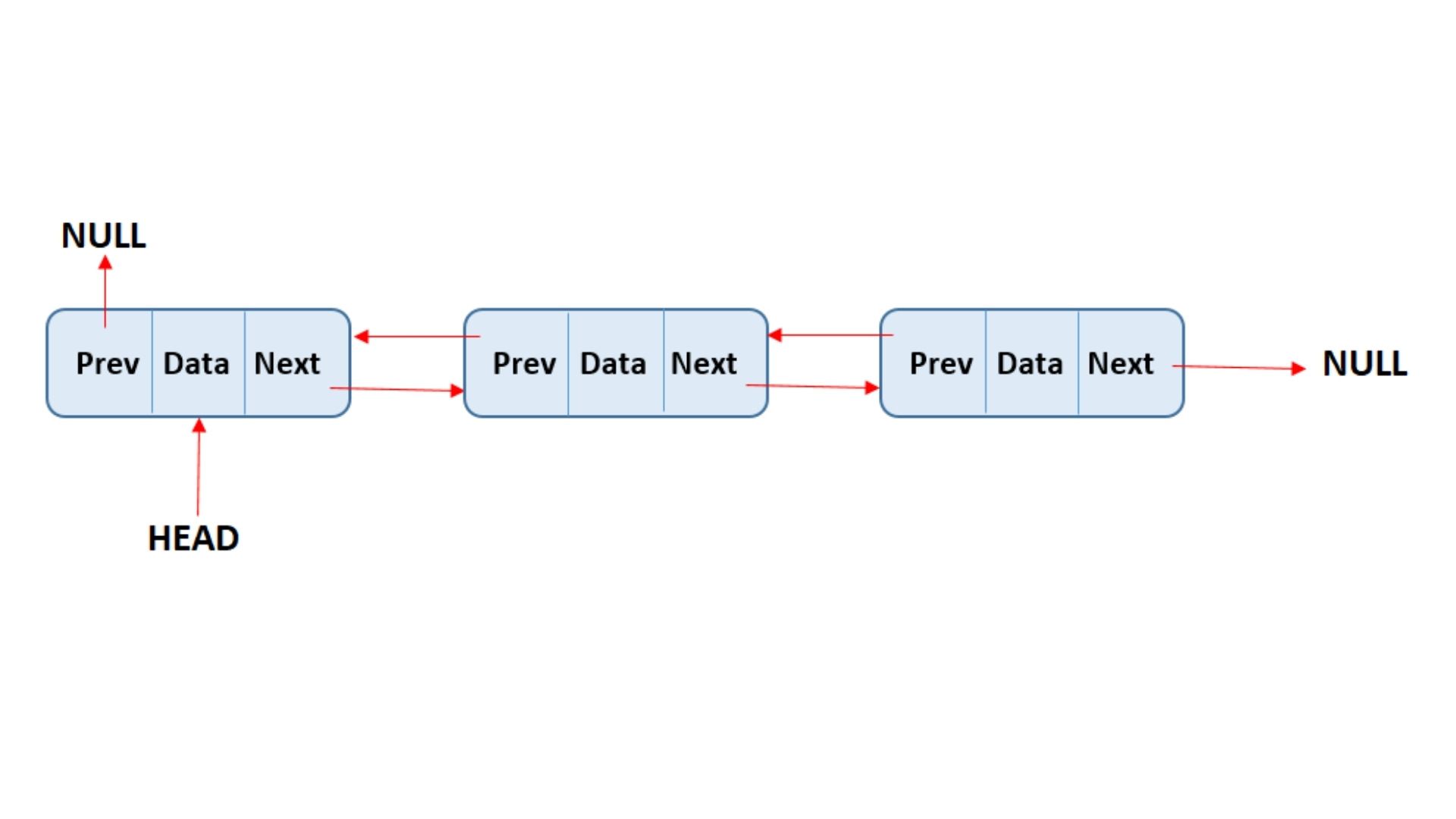There are no items in your cart
Add More
Add More
| Item Details | Price | ||
|---|---|---|---|
A comprehensive guide to master one of the fundamental data structures in programming.
January 5, 2025
A linked list is a dynamic data structure where elements, known as nodes, are stored in a sequence. Unlike arrays, linked lists do not store elements in contiguous memory locations. Each node contains a data element and a pointer (or reference) to the next node in the sequence. This structure allows for efficient insertion and deletion operations but does not support fast random access.
In a single linked list, each node points to the next node in the sequence. The last node points to `null`, indicating the end of the list. This structure is simple and commonly used for implementing queues and stacks.

A double linked list contains nodes where each node has two pointers: one pointing to the next node (`next`), and the other pointing to the previous node (`prev`). This allows for easy traversal in both directions, but it requires more memory compared to a singly linked list.

A circular linked list is a variation of a singly linked list where the last node points back to the first node, creating a loop. This structure allows for continuous traversal and is often used in applications like round-robin scheduling and buffering.
Inserting a node at the beginning of the list involves creating a new node and adjusting the pointer of the new node to point to the previous first node. This operation is efficient with a time complexity of O(1).
To delete a node from the middle, we must update the pointers of the adjacent nodes to bypass the node to be deleted. This operation has a time complexity of O(n) as we may need to traverse the list to find the node to delete.
| Operation | Array | Linked List |
|---|---|---|
| Access | O(1) | O(n) |
| Insertion (beginning) | O(n) | O(1) |
| Deletion (beginning) | O(n) | O(1) |
| Memory | Static | Dynamic |
The table above compares arrays and linked lists in terms of time complexity and memory usage. While arrays provide fast access and efficient memory usage, linked lists offer dynamic memory allocation and efficient insertions and deletions.
Arrays store elements in contiguous memory blocks, which allows for fast access but requires resizing if the array grows. Linked lists, on the other hand, use non-contiguous memory, meaning that each node can be dynamically allocated, making them more flexible.
Advantages: Linked lists have dynamic sizes and allow efficient insertion and deletion operations without requiring resizing of the entire structure.
Disadvantages: Linked lists do not support random access and require extra memory for the pointers, making them less efficient for certain operations compared to arrays.
Learn how to prepare for data science interviews with real questions, no shortcuts or fake promises.
See What’s Inside